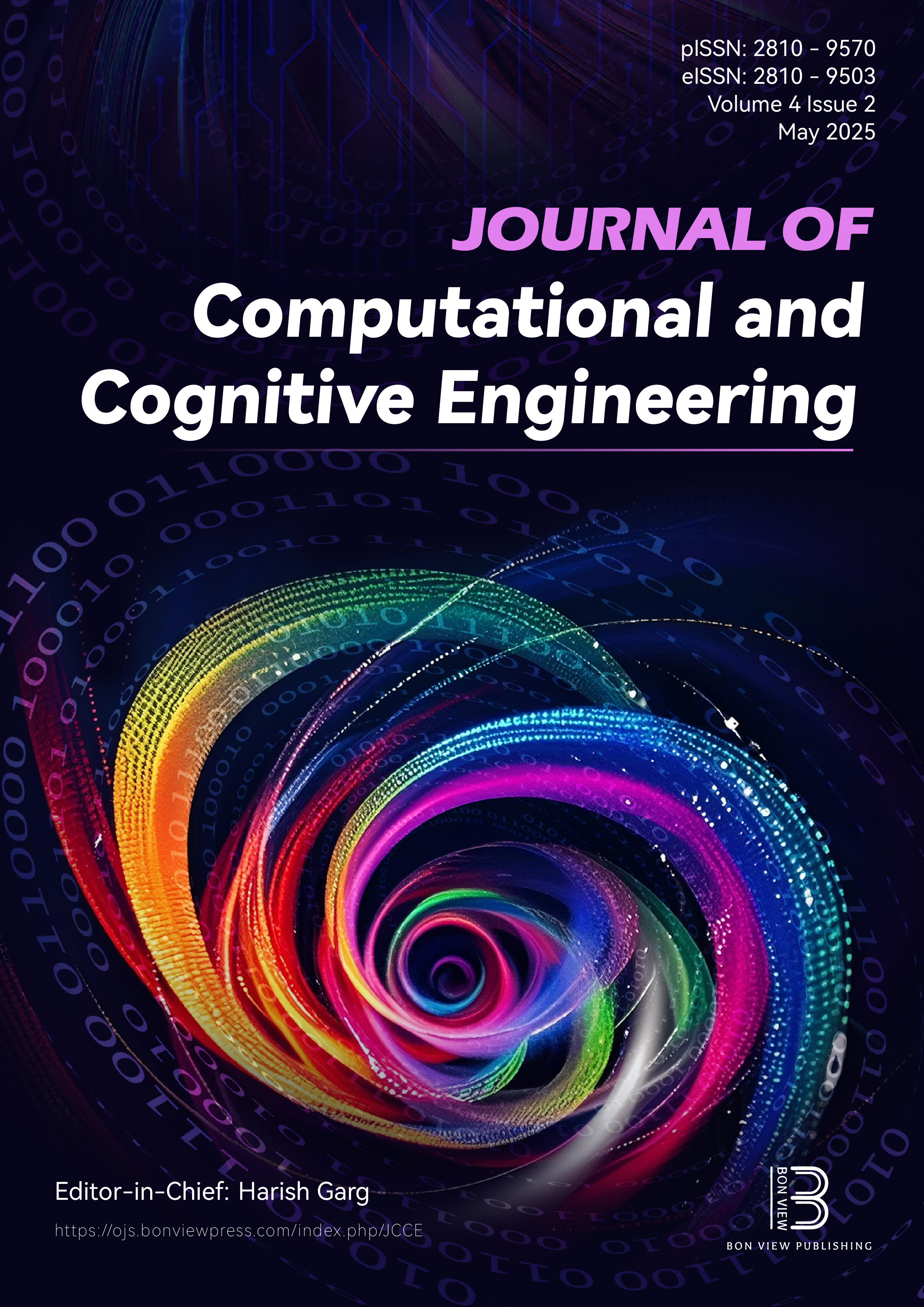Optimized Deep Learning Techniques to Identify Rumors and Fake News in Online Social Networks
DOI:
https://doi.org/10.47852/bonviewJCCE52023348Keywords:
fake news detection, deep learning, Long Short-Term Memory (LSTM), N-gram, porters stemming, social networksAbstract
The swift expansion of networking platforms has led to a significant proliferation of fake news on social media in recent years, posing a serious risk to public safety. This phenomenon carries various potential negative effects on society, including the erosion of public confidence in journalists and governmental institutions. Consequently, the identification of fake news has attracted considerable attention from researchers across various fields. As online and social media platforms have grown, it has become easier for false information to mix in with real or verified information. People who spread false information usually have some kind of political or social goal in mind when they spread their hoaxes. Because of this, it is of the utmost importance to come up with a trustworthy way to spot false information. This article describes a way to use deep learning to spot fake news. Methodology is made up of a set of input data. The information in this dataset comes from the social networking site Twitter. First, the raw data that is being used are preprocessed. Stop word removal, stemming, and tokenization are the main parts of data preprocessing. The NTLK library is used to get rid of stop words. Porter's Algorithm is used to do stemming. N-gram model is used to do tokenization. LSTM, CNN, and AdaBoost algorithms are used to build the model. Results have shown that LSTM is better than CNN and AdaBoost in terms of accuracy, specificity, and sensitivity. LSTM has achieved an accuracy of 99.24% for fake news detection. Specificity of LSTM is 99.2%. LSTM's sensitivity is 98.67%. LSTM has achieved an accuracy of 99.24% for fake news detection. Specificity of LSTM is 99.2% and sensitivity is 98.67%.
Received: 1 May 2024 | Revised: 4 September 2024 | Accepted: 19 October 2024
Conflicts of Interest
The authors declare that they have no conflicts of interest to this work.
Data Availability Statement
The Twitter Sentiment Analysis datasets that support the findings of this study are openly available at https://www.kaggle.com/competitions/tweet-sentiment-extraction/discussion/142142. The glove Twitter data that support the findings of this study are openly available at https://www.kaggle.com/datasets/bertcarremans/glovetwitter27b100dtxt.
Author Contribution Statement
Abu Sarwar Zamani: Conceptualization, Writing – original draft, Project administration, Funding acquisition. Aisha Hassan Abdalla Hashim: Writing – review & editing, Supervision. Sara Saadeldeen Ibrahim Mohamed: Investigation, Visualization. Md. Nasre Alam: Software, Writing – review & editing, Data curation.
Metrics
Downloads
Published
Issue
Section
License
Copyright (c) 2025 Authors

This work is licensed under a Creative Commons Attribution 4.0 International License.
How to Cite
Funding data
-
Prince Sattam bin Abdulaziz University
Grant numbers PSAU/2024/R/1445






